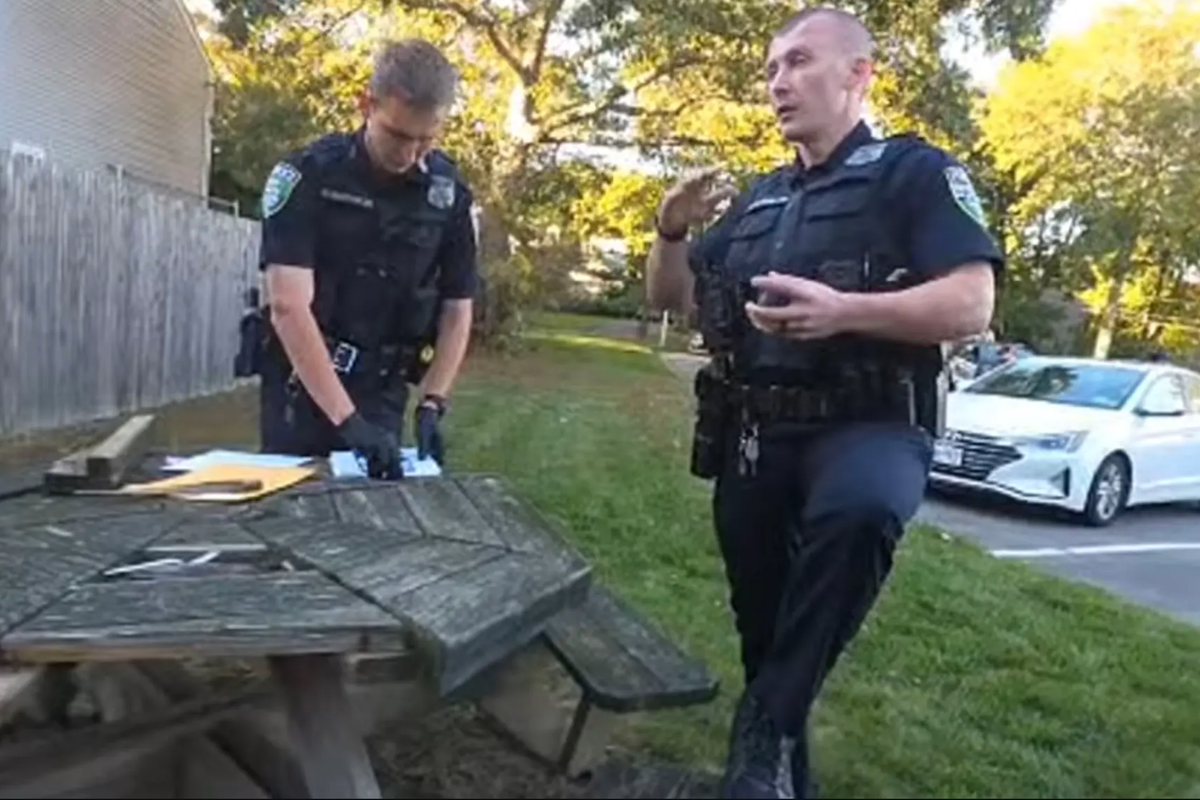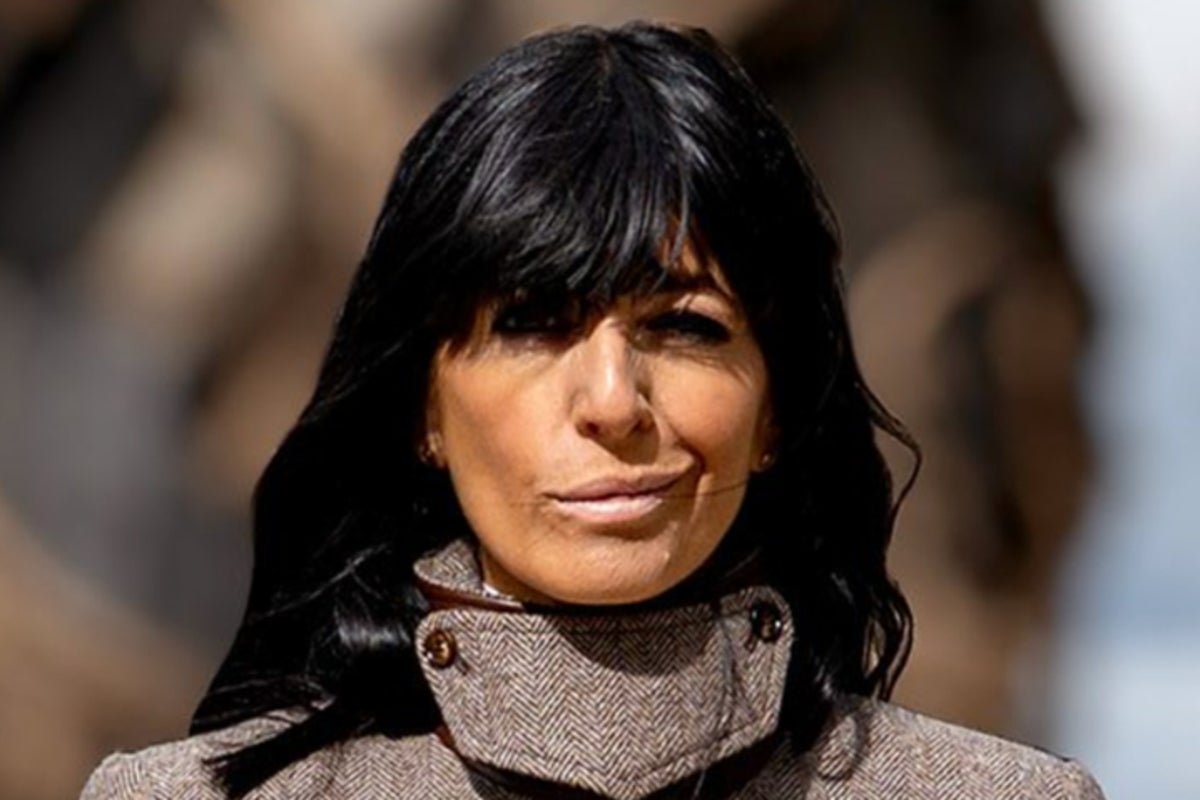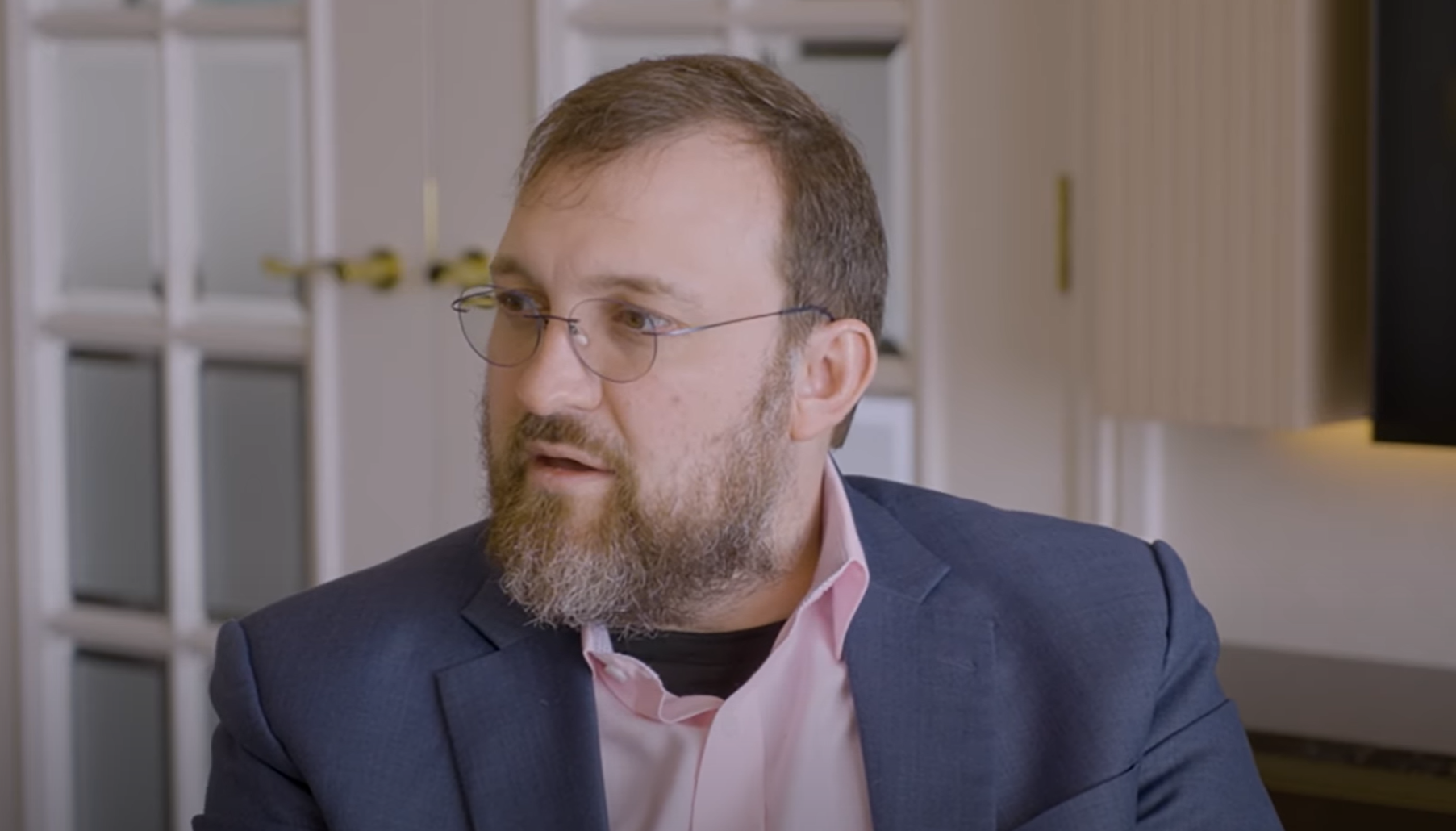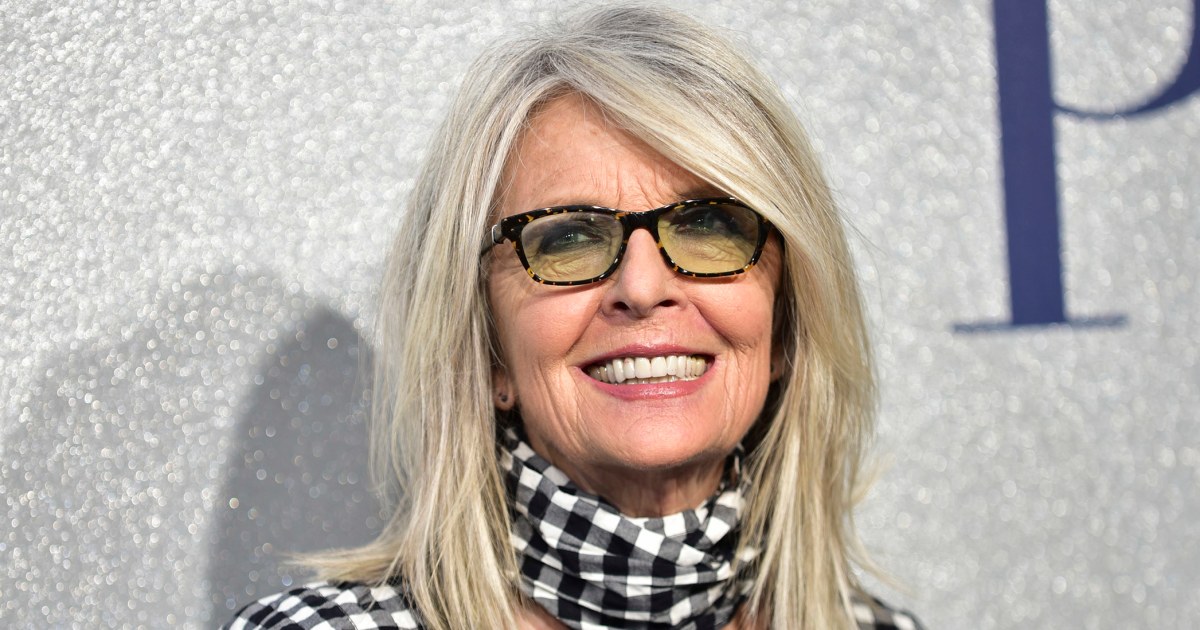To asses Meermin's competition, check our guide to the best men's loafers.
For decades, GQ has preached the gospel of the loafer. And for basically that entire period of proselytizing, our main squeeze—the loafer we’ve recommended most frequently, and with the least amount of reserve—has been G.H. Bass’s genre-defining Weejun. It’s an obvious pick: almost a century ago, Bass introduced the penny loafer to America, where it infiltrated Ivy league campuses like the plant it’s named for, subsequently changing menswear forever. It makes sense that the godfather of all penny loafers remains an evergreen choice in the category it birthed.
A lot has changed in the decades since, but Weejuns are still a great buy. After all this time, though, are they the overall best across the proprietary GQ Recommends matrix of quality, fit, and price? That was exactly the question on our minds when we set out to update our guide to the category this year, pitting the indomitable Weejuns against a shoe rack’s worth of other loafers. And that was exactly the question that led us to Meermin, a small, independent shoemaker that finally ended Bass’s reign atop our ranking.
Meermin has been around for about two decades, but the Spanish shoemaker operates like a heritage brand with cordwaining in its DNA. From its headquarters in Mallorca, Meermin leverages the region’s deep history of fine shoemaking to craft balmoral wingtips, sleek Chelsea boots, and flawless loafers using top-shelf materials and age-old construction techniques. The vast majority of its shoes are produced in China and sold directly to its customers, cutting out the middleman retailer—and the requisite middleman markup.
The basic proposition might sound like a load of DTC hogwash, but when I first handled a pair of the brand’s loafers for myself, I was genuinely taken aback. For a little over $200 a pair, they seemed to set a new standard.

High-End Leathers From World-Class Tanneries
Meermin sources its leathers, including luscious suedes and high-end shell cordovans, from respected tanneries in France, Italy, and Japan. (If you’re already on your 50th pair of loafers, feel free to go a little nuts.) For most folks, though, the ideal everyday option is the brand’s matte Italian boxcalf. Compared to alternatives at a similar price, which are usually made from corrected grain leathers with an artificially polished look, Meermin’s boxcalf has natural sheen that looks and feels more premium. It’s lined with supple, glove-like sheepskin and comes with vegetable-tanned leather insoles that mold to your feet.
Meermin
Softcalf Penny Loafer
Cobbler-Approved Construction
The construction of Meermin’s loafers is impressive. They’re Goodyear-welted, a method that allows for easy resoling by a cobbler. Goodyear-welting makes shoes more durable, but it requires more skill and time to produce. The technique is a marker of quality, and Goodyear-welted shoes tend to be more expensive for that exact reason.
Many of Meermin’s loafers also use a closed channel stitch, concealing the sole stitching beneath the leather sole itself. Closed channel stitches give the sole a cleaner, more refined look. Snobs will also argue that they help the shoe’s longevity by protecting the stitches themselves, a multi-step detail I often associate with higher-end shoemakers.

.jpeg)





































 English (US) ·
English (US) ·